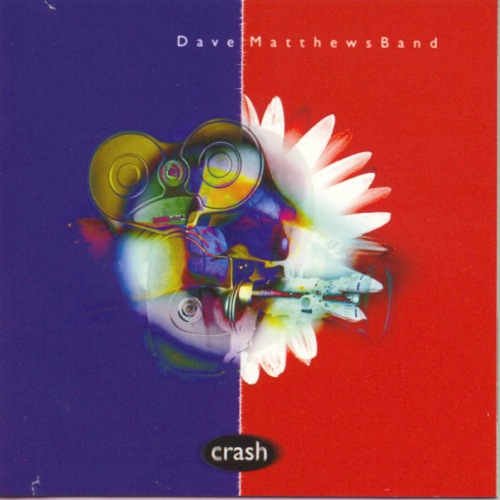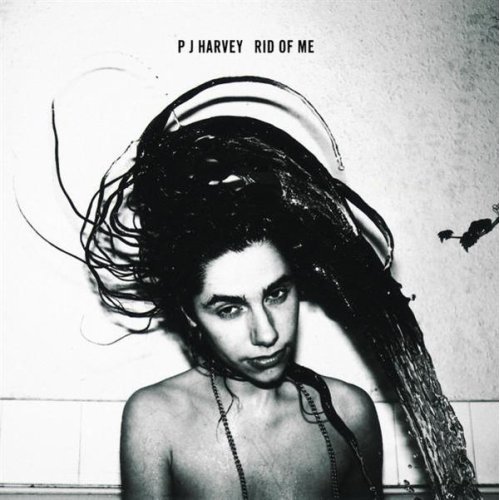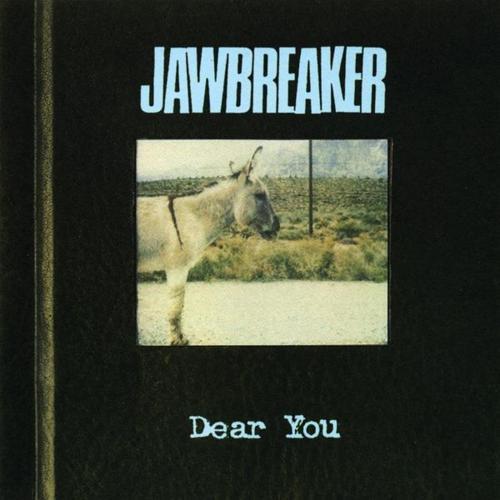Here’s part 2 of my Favorite Albums of the ‘90s countdown!
Check out part 1 here.
40. Weight by Rollins Band (1994)
Henry Rollins formed Rollins Band shortly after Black Flag
broke up in 1986. Henry and company didn’t have much success in the mainstream
until 1994’s Weight, carried by the
MTV staple, “Liar.” My favorite thing about Rollins Band is the band’s tendency
to go into jazz territory. You can definitely hear it on “Liar,” which is
honestly one of the best songs of the ‘90s. Weight
is a great album because it doesn’t try to be a Black Flag record. Henry’s
biting self-examination and snark come through loud and clear, even with all
that wonderful instrumentation. There are so many great songs on this
album—“Fool,” “Wrong Man,” “Shine.” Henry, you clever bastard.
39. S.C.I.E.N.C.E. by Incubus (1997)
Most people tend to cite Make
Yourself as Incubus’ best album and conveniently forget about S.C.I.E.N.C.E. This is a crime. Incubus
used to be a funk metal band before they hit it big with “Drive.” This album
(plus the first album, 1995’s Fungus
Amongus) is some funky shit. There’s some fantastic bass work (and we all know how much I love bass guitar)
and frontman Brandon Boyd lets it all hang loose like a young Anthony Kiedis.
The energy never lets up, especially on songs like “Redefine,” “Glass” and “A
Certain Shade of Green.” And what exactly does S.C.I.E.N.C.E. stand for? Southern California's Incubus Enters Nevada Carrying Equipment (among other
things).
38. Becoming X by Sneaker Pimps (1996)
Have I mentioned how much I love ‘90s electronic music yet?
No? Well, this is a good album to start with. I actually grew up listening to
this album (and others like it), so I always assumed everyone knew the SneakerPimps. Becoming X was their first
(and best) album. It mixes downtempo and trip-hop with a pixie-like female
vocalist (the lovely Kelli Dayton). This album has always been one of my
favorites because there’s so much going on. On one hand, you have ultra-cool
electronic powerhouse tunes (“Low Place Like Home,” “Walking Zero”), and on the
other hand, you have super sleek downtempo tunes (“Post Modern Sleaze” “How
Do”). It’s equal parts badass and beautiful.
37. Evil Empire by Rage Against the Machine
(1996)
Objectively, RATM’s self-titled debut is probably the better
album. But I just love Evil Empire more.
It’s just balls-to-the-wall, take-no-prisoners awesome. “Bulls on Parade” and “People of the Sun” are really
strong singles, but “Tire Me” (which actually won a Grammy for Best Metal
Performance) is a real highlight. “Roll Right” and “Year of tha Boomerang” are
just as heavy. Evil Empire was the
band’s second to last studio album (not including Renegades, which was a covers album), but it’s definitely better
than the last album, 1999’s The Battle of
Los Angeles (unpopular opinion?). And just try to tell me that you don’t
immediately feel like a badass every time “Bulls on Parade” comes on in your
car. “They rally round the family / With a pocket full of shells.” Ugh, that delivery. Zack de la Rocha is too cool
for this world.
36. Call the Doctor by Sleater-Kinney (1996)
Sleater-Kinney kind of straddles the line between the riot
grrrl movement and a more generalized form of punk rock (though this album was
compared favorably to Heavens to Betsy’s Calculated,
a riot grrrl staple). Either way, Sleater-Kinney definitely delivers on Call the Doctor. Clocking in at just 30
minutes long, the album goes beyond the common riot grrrl themes of gender
roles and explores the commoditization of people. Call the Doctor just proves that maturity and raw anger are
compatible with each other, especially when they come from girls like Corin
Tucker, Carrie Brownstein and Lora Macfarlane.
35. Live Through This by Hole (1994)
Forget whatever qualms you may have with Courtney Love for a
second and actually listen to this record. Surrounded by the death of two
important people in her life (Kurt Cobain and Hole bassist Kristen Pfaff),
Courtney and company churned out one of the most personal and painful albums of
the ‘90s. Though not as visceral as Pretty
on the Inside, Live Through This is
a delicate mess (and I mean that in the best way possible). Courtney floats
between deep-seated rage (“Violet,” “Gutless”) and subdued misery (“Doll
Parts,” “Miss World”) so easily. She may not be the best singer in the world,
but you can still hear every emotion in her voice. Whether you believe Kurt
Cobain really wrote all the songs on the album or not, you have to admit that Live Through This is perfectly executed.
34. So Much for the Afterglow by Everclear
(1997)
I think I mentioned Everclear’s appeal in my Everclear
entry, but I’ll just reiterate it here: this band’s albums are great because
they hide dark subject matter in poppy hooks. So Much for the Afterglow is a little more radio-friendly than Sparkle and Fade, but I still think it’s
the better album. The singles are perfect because they have dark themes, but
sound great on the radio. “Father of Mine” is my go-to example because, well, look: “Father of mine / Tell me, how do
you sleep / With the children you abandoned/ And the wife I saw you beat?” Most
of the songs on this album have the power to make me head-bang while
sobbing—they’re so catchy, but the lyrics get me every time. “Amphetamine” is
my personal favorite not just because of the lyrics, but also because of the
string arrangement at the end. Gorgeous.
33. Crash by Dave Matthews Band (1996)
Yes, I genuinely like Dave Matthews Band. Why is that a
problem? I know very few people who really dig DMB and I still don’t understand
why people hate this band. Okay, maybe I have some idea—not everybody likes jam
bands. Or bluegrass. Or jazz fusion. Wait, why do I like this band again? Oh
right, because of this album. Crash is arguably DMB’s best album
(though it may be tied with Under the
Table and Dreaming). There’s just something whimsical about Crash, especially on my favorite song,
“Crash Into Me.” It kind of sounds like a fairy tale (minus the creepy parts
like, “Oh, I watch you there through the window / And I stare at you / You wear
nothing, but you wear it so well”). I do realize there’s nothing I can really
say about this album (or this band) to sway a non-fan’s opinion, but I will
tell you that Crash makes me really
happy whenever I hear it. After all, my happiness is really the deciding factor
when it comes to choosing music to listen to, right?
32. Rid of Me by PJ Harvey (1993)
I had a really hard time choosing between this album and PJHarvey’s previous album, Dry. But
when I really think about it, Rid of Me is
stronger. It’s aggressive and distorted and just raw. I think having Steve Albini record the album was a great
choice. He captures the primal qualities of each instrument so well, including
PJ’s voice. And oh, her voice. Polly
Jean has a vocal style all her own. She manages to sound both angelic and
bitter at the same time. And there’s a sensual quality underneath that’s so
smoky and mysterious. You can hear it on songs like “Rub ‘til it Bleeds,” “Rid
of Me” and “Ecstasy.” Rid of Me as a
whole is controlled chaos. It’s destructive, yet beautiful.
31. Post by Björk (1995)
Speaking of female artists with amazing voices, here’s
Björk’s first (and definitely not last) appearance on this list. Post was the first Björk album I really
got into, mostly because of the song “I Miss You” (along with the ultra-cool,
ultra-weird music video). Even if you don’t like her music, you have to admit
that this woman is incredibly talented. She has an amazing vocal range and a
totally unique style. Post has some
of the dance elements of Debut, but
it leans more toward the experimental style of later Björk albums. There’s a
healthy mix of heavier electronic tunes (“Army of Me,” “Enjoy”) and softer
ballads (“Possibly Maybe,” “You’ve Been Flirting Again”), which just
accentuates Björk’s versatility. This isn’t my favorite Björk album (you’ll see
that one later), but it’s pretty close.






























